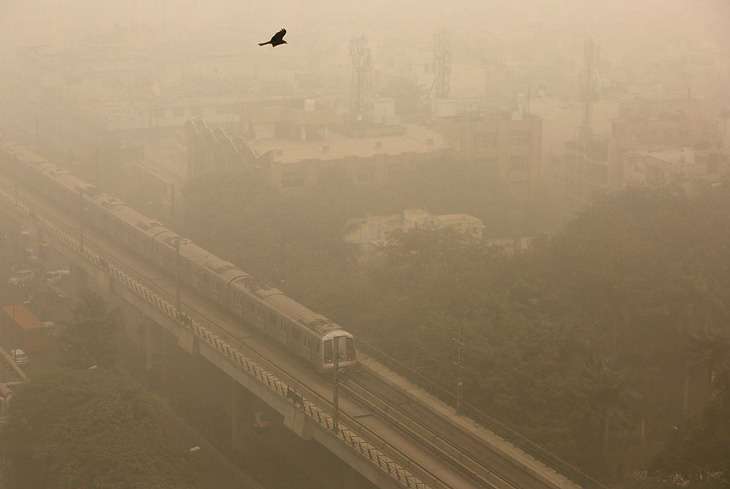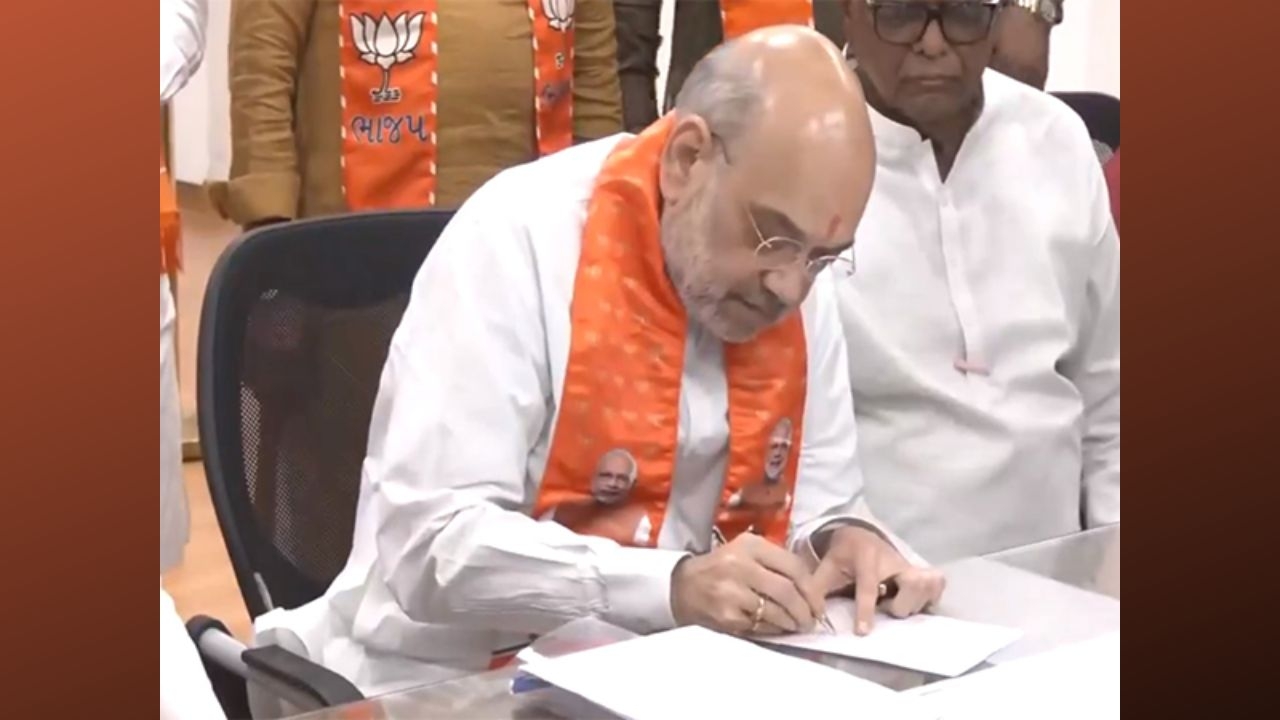Delhi pollution: Stop blaming Punjab farmers. Fault lies in the capital

Delhi is facing an existential crisis. The worsening air quality has forced the Delhi government to shut down schools for 3 days, ban construction/demolition work for 5 days, shut down power plants and ban diesel generators.
These are short-term measures, no one in the establishment wants to address the root cause. The central government has shifted the blame to the Delhi government, which in turn is blaming farmers from Punjab and Haryana.
This came as no surprise as farmers' fave been blamed for cities' woes since time immemorial.
The problem
There is no denying the fact that crop burning contributes to air pollution but the question is to what extent. Studies by IIT Kanpur and Central Pollution Control Board in 2015 confirmed that 80 % of air pollution in Delhi has it's origins in Delhi and surrounding areas.
The culprit is Delhi's flawed urban development model - they city boasts of a population of 1.80 crore and 88.27 lakh vehicles. But instead of addressing its own unsustainable growth, Delhi has found a new scapegoat - crop burning.
Until and unless the Centre and state governments acknowledge that cities have a limited capacity which cannot be exceeded, there can be no permanent remedy to these woes.

Do farmers have a choice?
Farmers are being forced to burn the crop stubble as the combine harvesters do not cut the crop close to the ground and their financial condition does not allow them to dispose off the stubble mechanically.
The other problem farmers face is that the time window is very small. Farmers in Punjab barely have three weeks between the Kharif harvest and the sowing of wheat. This has to be done between the third week of October to the middle of November.
If farmers miss this window, each day of delay in sowing wheat costs them 23 kg per acre.
According to National Sample Survey Organisation (NSSO) data, on an average, an agricultural household in Punjab is already burdened by a debt of Rs 1.19 lakh.
Is it prudent to expect them to bear an additional cost to invest more funds to dispose off the crop stubble?
Matters have been made worse by the Punjab government's apathy. It did not provide subsidy on 1100 farm implements, which had been proposed this year.
What is the way out?
There are a number of remedies which can ensure diversion of crop stubble to cardboard factories and biomass power plants.
Firstly, the government should press manufacturers to modify harvesters in such a way that it cuts the crop closely from the ground, leaving minimum plant stalk standing.
This operation should be coupled with baling paddy straw, which can be sold to cardboard factories and biomass power plants at the rate of Rs 150/quintal.
Another option suggested by Punjab government is to invest Rs 11,000 Cr in the next five years to provide subsidised machines to farmers like baler, gyro rake, mouldblow plough, chopper, shredder and happy seeder.
But the catch here is that the farmers may not be able to afford these machines, even after subsidy.
A baler costs approx Rs 10 Lakh and the govt subsidises it up to Rs 4.5 lakh. Even 4.5 lakh is too much for farmers, many of whom are already debt-ridden.
So the solution could be that the Farm Implement Banks funded by the government, could take care of the stubble, make bales and sell them to the cardboard factories and biomass power plants.
Air pollution caused by crop burning can be checked, provided government has the will to do it. But as far as the sources of pollution within the national capital are concerned, the Centre and state governments need to rethink the entire model of urban development that is being followed.
First published: 7 November 2016, 19:07 IST




_251021_300x172.jpg)
![BJP's Kapil Mishra recreates Shankar Mahadevan’s ‘Breathless’ song to highlight Delhi pollution [WATCH] BJP's Kapil Mishra recreates Shankar Mahadevan’s ‘Breathless’ song to highlight Delhi pollution [WATCH]](http://images.catchnews.com/upload/2022/11/03/kapil-mishra_240884_300x172.png)

![Anupam Kher shares pictures of his toned body on 67th birthday [MUST SEE] Anupam Kher shares pictures of his toned body on 67th birthday [MUST SEE]](http://images.catchnews.com/upload/2022/03/07/Anupam_kher_231145_300x172.jpg)






